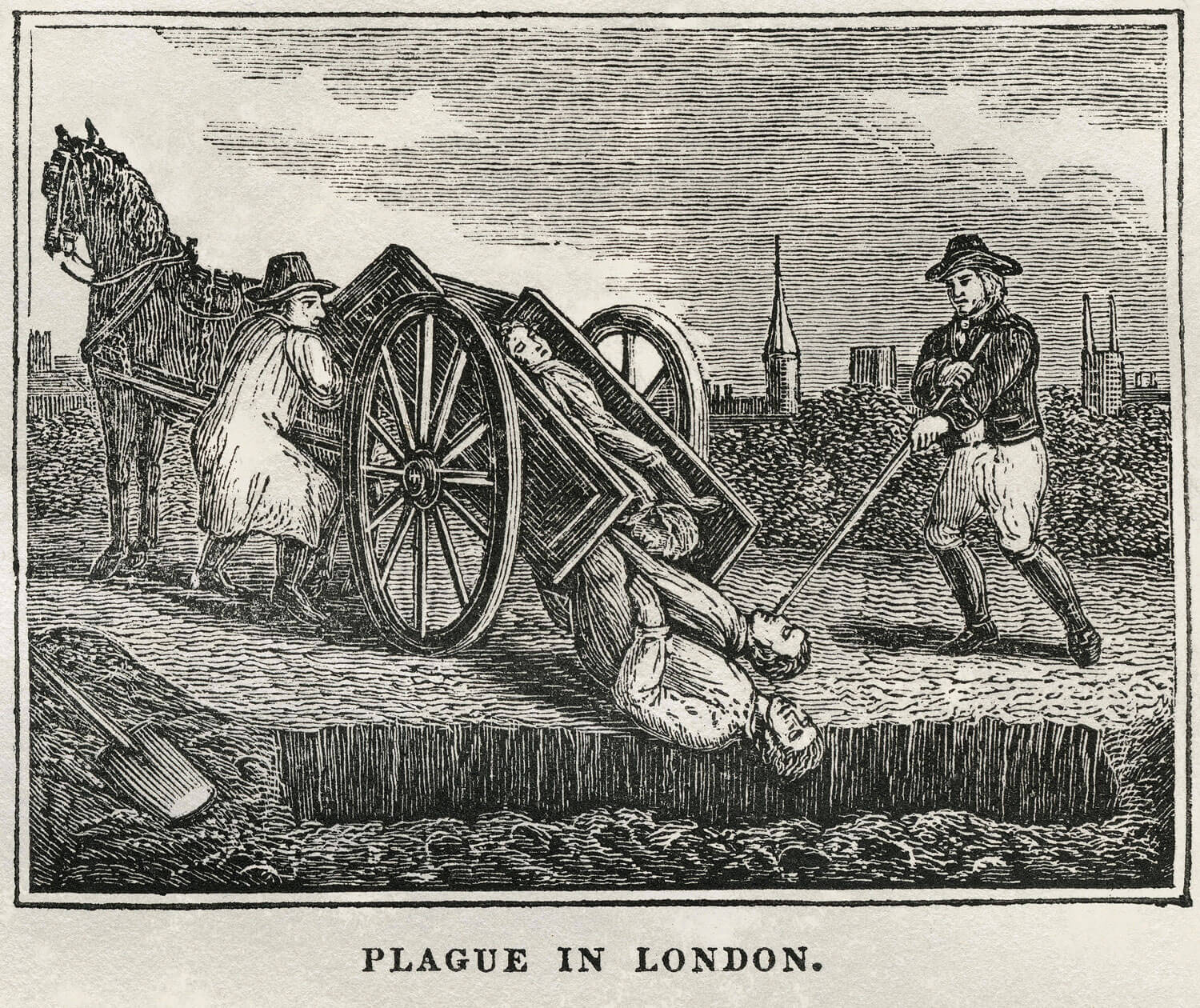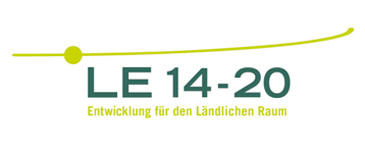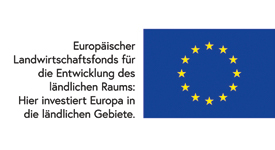
1156 – 1715
The earliest evidence of the plague from the prince-archbishopric Salzburg is from 1156, the most recent from 1715. In 1495, it caused havoc in Salzburg in particular. The plague was a highly infectious disease and resulted in many deaths over several centuries. It was a great strain for the local population.
Pious citizens endowed the church
Many believed that the pandemic was God’s punishment and tried to prevent the disaster by doing good works. Based on oral transmission, the church is said to have been endowed by pious citizens of the City of Salzburg to give thanks for surviving the plague. The foundation charter from 1502 attests the church’s existence for the first time. It was dedicated to St Sebastian (saints day 20th January), the patron saint against the plague.
The plague took its toll from 1156 to 1715
Quarantine measures
Attempts were made to battle the pandemic with rigorous quarantine measures. Buildings housing the sick were bricked up and armed guards set up road blocks. If a sufferer was succumbing to the disease, this was signalled by hanging out a white cloth. This meant that the priest could arrive, take confession through an open window and hand out the host on a long spoon.
The dead were dragged out of the houses on barbed hooks attached to poles, lifted onto wagons and thrown into graves without any formalities. The high number of deaths made normal burials impossible. Instead, a trench would be dug, the bodies would be stacked on top of one another, and covered with soil. A wooden cross was placed on top. Later on, some of these (like the one in Hof) were replaced with small stone memorials.

Verwendete Quellen und Literatur:
Öhler, Leopold: »Die Pest in Salzburg«, Salzburg 2013.





